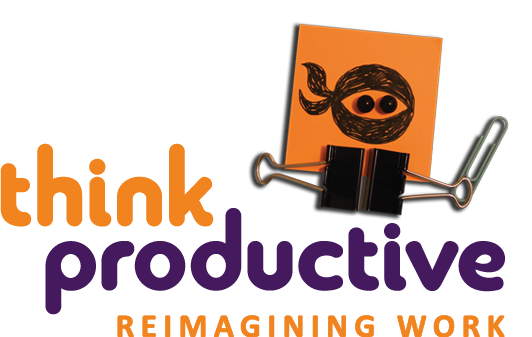Confused? Read our introductory post here
The CORD model describes the four distinct elements of knowledge work. In other words, the four things that always need to happen to add value or impact to any single piece of information. It’s a model that you can use both to think about how you manage your personal workflow and also how you structure your days and weeks to remain as agile and adaptable as possible to whatever comes your way. It also gives you the confidence to know that whatever you’re working on is the best possible thing you can be doing at any given moment.

Workflow
(Image Some rights reserved by Ben Sutherland via Flickr)
You can think about the CORD model as describing ‘workflow’. In an industrial context, the definition of workflow is the seamless transition from one small task to another – imagine assembling a car or a TV on a long factory production line, for example. The bosses of such a factory would obsess about workflow because it meant eliminating any overlaps, making the flow from start to finish as easy as possible and ultimately creating the most efficient way of working.
We all need to think about our personal workflow and in particular the flow from information inputs to completion of tasks.
- Any piece of information will at some stage be captured or collected.
- You will then organise the information, deciding whether action is necessary.
- If it is necessary to do something, you’ll need to review this in the context of all the other things you could be doing at that time and at some stage you’ll need to get that task completed.
Whilst it might feel like a logical thing to follow that first item all the way through to completion in one go, it might not be the best choice you could make if you also have lots of other things you could be doing at that time. Nevertheless, it is helpful to think about the concept of workflow and use the CORD model as a mindset that helps you constantly push even the most troublesome of items through to the next of these four stages and hence, further towards completion, productivity and impact.
Spinning plates
(Image: Some rights reserved by Richard.Fisher via Flickr)

You can also view CORD as a diagnostic tool and as a constant reminder that our work is no longer just about doing, but about thinking too.
So for example, as I write this sentence, I know that I am up against a deadline from my editor. As a consequence, I know that I have neglected my capturing and collecting, organising and reviewing. But because I know this, I know exactly how to get everything back under control when I reach the editor’s deadline tomorrow and I’m not stressed about leaving those things in the meantime.
Our work is like spinning four different plates every day or every week – if we are not paying enough attention to one of the four elements of CORD, we’ll quickly start to feel stressed. You may feel like your life involves spinning hundreds of plates; well, perhaps we can usefully narrow it down to these four! Here’s why spinning each of these four different plates really matters, and what happens to our stress levels if we neglect one or more of them:
Check back soon for more about the CORD Productivity Model: we’ll set you some tasks to work through the stages!
We cover the CORD Productivity Model in out in-house courses, and public workshops – so click on a link and find out more!

